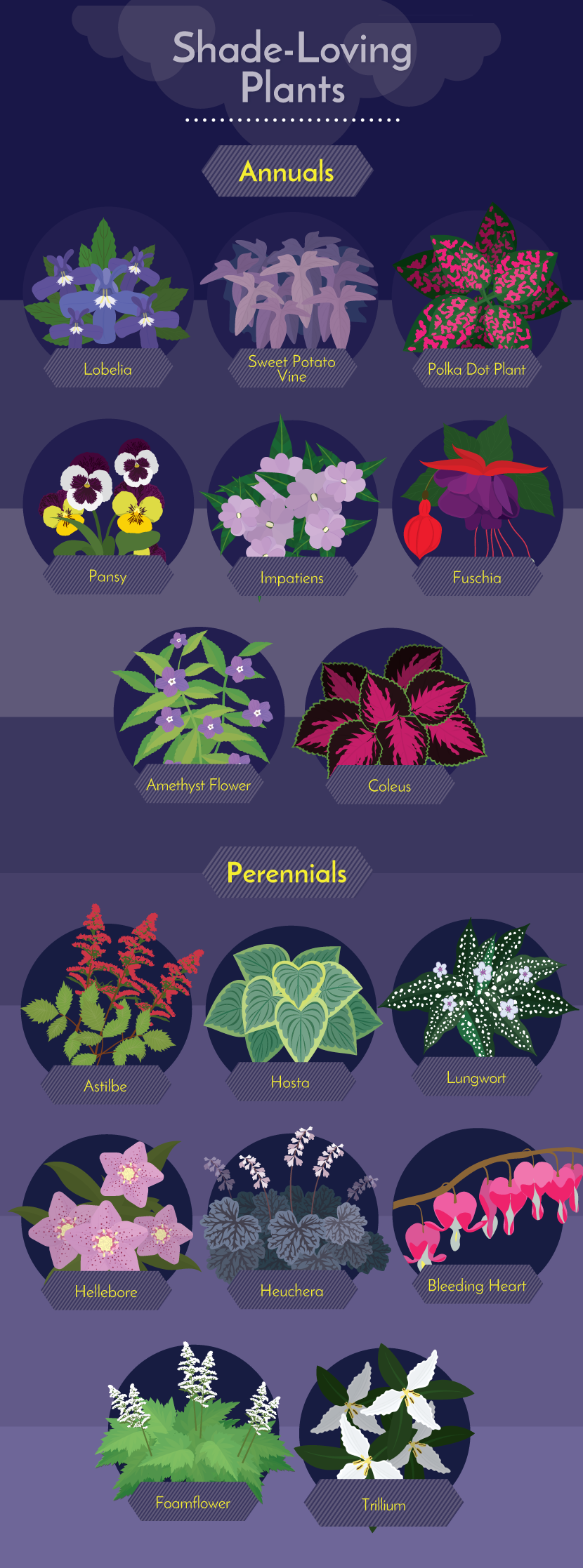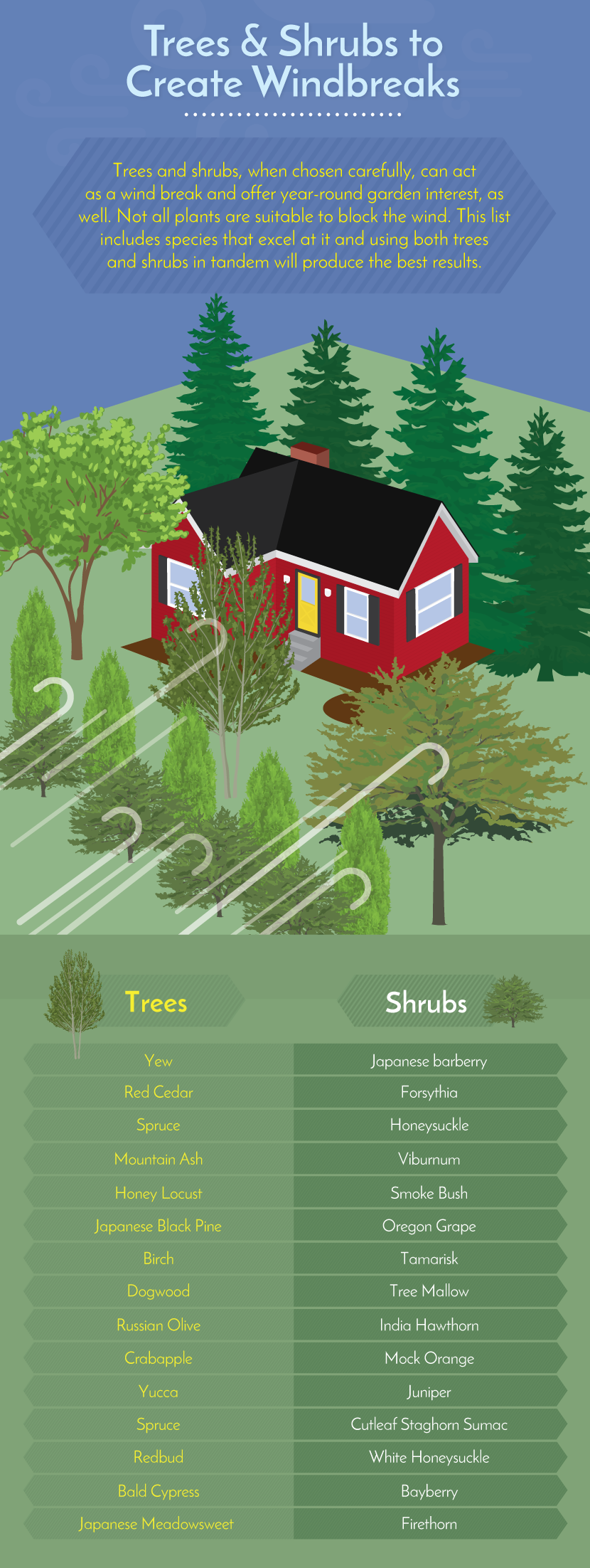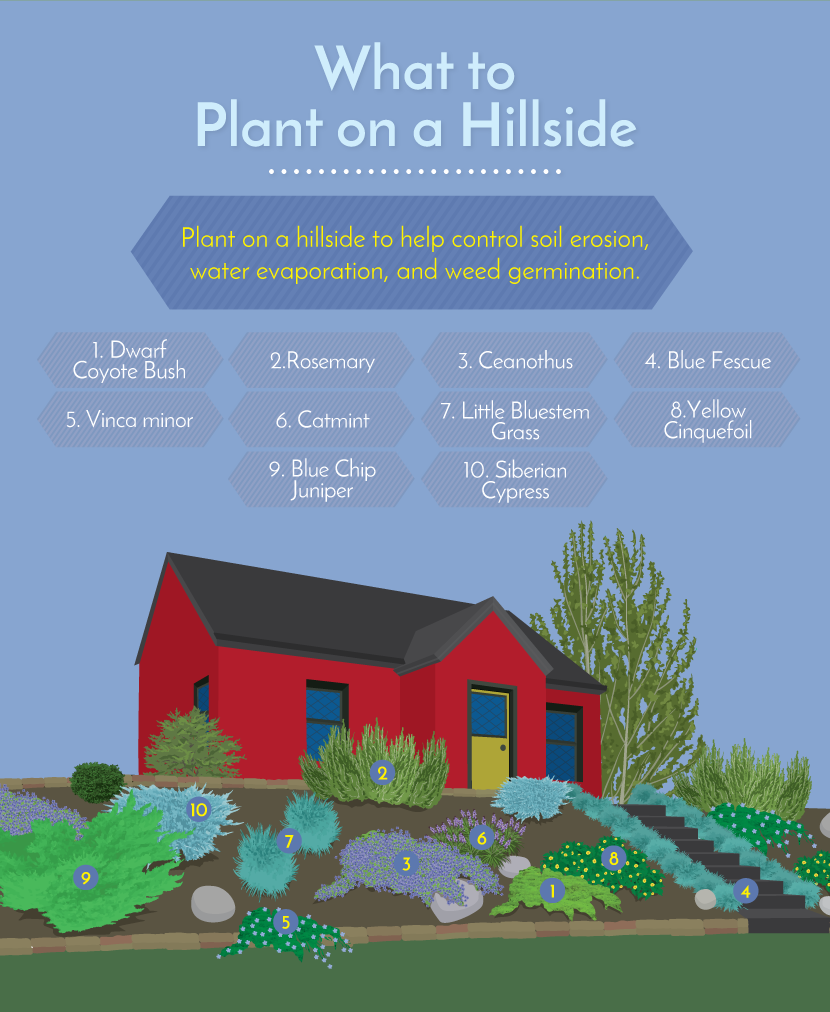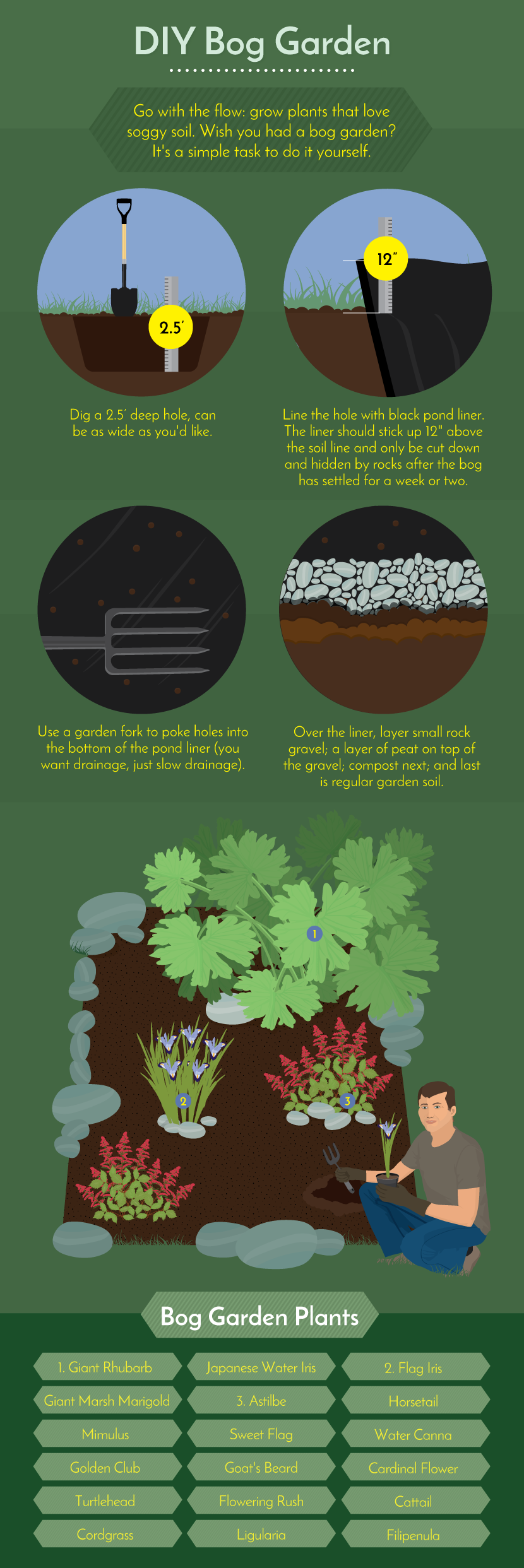Working With Challenging Garden Styles
Tips For Tricky Gardening Spaces
At some point in every gardener’s life, we find ourselves faced with a difficult garden space. It might be a spot that’s shady, hot, soggy, narrow, or sloped.
All of these scenarios present a challenge, but it’s precisely these challenging spaces that teach us the most.
They are opportunities to broaden our gardening skills, and the outcomes can be surprisingly satisfying.
Thoughts on Shady Gardens
Shady and low-light garden areas are often underutilized or completely ignored.
It’s a shame because shade-lovers are perfectly lovely and often some of the easiest plants to grow.
- A common misconception with shade gardening is that the plant choices are severely limited. I wholeheartedly disagree. Whether you have dappled sunlight or all-day shade, there’s a plant that’ll dig that spot.
Dappled light is the perfect scenario for a woodland- or tropical-style garden. Plus, the dog days of summer are cooler in a shade garden.
- Look for shade-loving plants that have variegated leaves (white or cream along the leaf edges) such as lungwort, nettle, and coleus. They will brighten dark areas by reflecting any light that comes their way.
- When it comes to shade plants, it’s often the leaves that steal the show. But did you know that you can have your leaves and flowers, too? Bleeding heart, impatiens, and cyclamen all blossom where the sun doesn’t shine.
- A simple way to let light into a tree-shaded area is to prune the lower branches up, effectively raising the tree canopy. Depending on the tree species, this trick can mean the difference between full shade and light or dappled shade.

Thoughts on Hot Spots
Hot, full-sun areas can be one of the most challenging gardens, in my opinion.
In this case, you should look for plants that thrive in the sun, or at least don't fry easily.
On a positive note, heat-tolerant plant species (xeriscape plants) are not only environmentally friendly –
they also save water and money and make for an easy-to-care-for landscape.
Even more good news is there’s a dazzling array of flowers that worship the sun, such as Mexican sage, lavender,
sunflowers, penstemon, lamb's ears, succulents, blanket flower, African daisy, cosmos, dusty miller, lantana, phlox, portulaca, and zinnia.
Other ideas for your sun-soaked garden:
- Hot and sunny gardens are just begging to be planted with vegetables. Give ‘em what they want. Plant tomatoes, pumpkins, zucchini, squash, corn, beans, eggplant, strawberries, and raspberries to your heart’s content.
- Herbs are so versatile that the answer to many garden problems is simple: herbs. Most of them love the sun and nearly as many tolerate some shade. Think of them as the Labradors of the plant world. Plant thyme, rosemary, sage, basil, oregano, marjoram, chives, parsley, cilantro, and dill in your sunny garden.
- Rock gardens can be an excellent choice for sun-drenched places, especially yards with a gradual slope. Or consider a formal rose garden. Many rose varieties are perfectly happy taking a sun-beating, while others won’t be able to take it. Ask for guidance from your local nursery or rosarian on which varieties would be happy in your garden zone.
- Utilize a sun cloth, netted canopy, or even paper umbrellas for a little man-made shade to give plants relief from the draining afternoon sun.
- Install a drip system that delivers the water directly to the root zone instead of overhead. A drip system on a timer will water your plants at regular intervals, reduce evaporation, and reduce heat stress.

Windy Places
If you have a windy garden spot, the first thing you’re probably interested in is tempering the wind.
You might have a fence or a wall, but still find that the wind rushed over the top and into the yard.
Barriers that allow some of the wind to pass through them is actually more effective than a completely solid structure –
plus, it has a better chance of remaining upright in prevailing winds.
Screens, windbreak netting, trees, and shrubs can all work in your favor to keep gusts down to a dull roar.
As far as plants go, wind is extremely drying to plants and soil. You’ll have to make a conscious effort to keep them watered – even during the cold months.

Narrow Garden Spaces
Suburban developments are notorious for narrow garden spaces. Your skinny side yard might feel like wasted space and,
in fact, is often destined to house trash cans and faded yard toys.
Admittedly, this is a challenging space to plant. But it’s time to take another look.
The first thing to do is remove the garbage cans from the area and reclaim your yard space.
The garbage cans can be taken out of the yard and placed out front in their own three-sided cubby (so they remain hidden from view).
Consider these ideas when planting a narrow garden area:
- The eye is naturally drawn all the way down narrow passageways. Make this space work for you by placing something interesting or beautiful down at the far end. Nice focal points might be a special tree, garden art, a bench, or a fountain.
- If your side yard is mostly shade, why not simply go with the flow and give this garden a cool, tropical feel by planting things like hostas, bleeding hearts, and ferns?
- Climbing plants are perfect for narrow gardens. They make the area appear bigger than it actually is, and add dimension and texture.
- If you add a walkway, make it a winding one if possible. Straight paths emphasize the slender area, while a winding one makes it appear wider.
- Narrow gardens are the perfect place for scented flowers or plants with volatile leaves (like scented geraniums). Line a narrow path with fragrant varieties and busy feet will end up brushing by and stepping on a few leaves, which releases scent into the air.
- When purchasing plants for a narrow space, chose those that mature into medium-size plants. If they remain too small, there’s no visual impact; too large, and they overwhelm. Don’t forget those that are tall and skinny, and climbing varieties.

Soggy and Boggy Garden Areas
There are some areas that almost never dry out. It might be due to poor drainage or heavy clay soil, etc.
It might even become a natural pond as it seems to hold onto rainwater forever.
A soggy or boggy area might feel like the most hopeless gardening spot of all.
But nature has a plan for this spot, too, and it’s an opportunity to grow plant species that thrive in wet conditions.
Oh, sure, you could break out the equipment and alter the landscape to hold less water, add tons of compost,
maybe create some drainage. Eventually the area would be transformed to your heart’s desire.
But what if you just gave it what it wanted and grew plants that actually enjoyed wet feet? With this train of thought,
you might need to maintain a soggy environment by directing even more water in its direction and creating a bog garden.
Plants that enjoy getting their roots into damp places are ferns, bee balm, Japanese iris, snake’s head fritillary, astible, ligularia, and filipenula.
Whether your garden space is hot, wet, windy, narrow, or unusual, you can meet the challenge with a little research and creativity.
Remember that just like people, plants have adapted to survive in every nook and cranny on Earth.
Embed the article on your site

